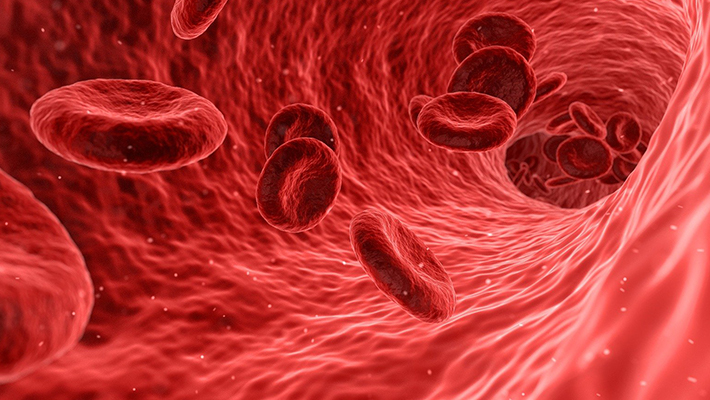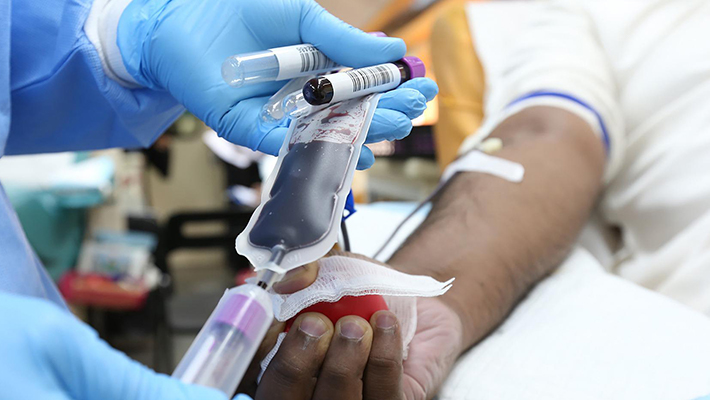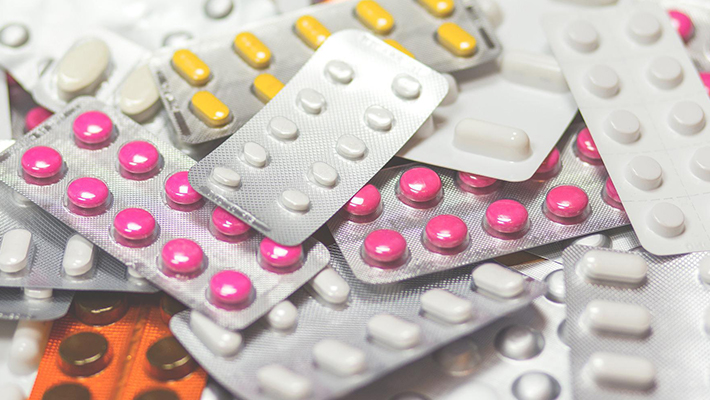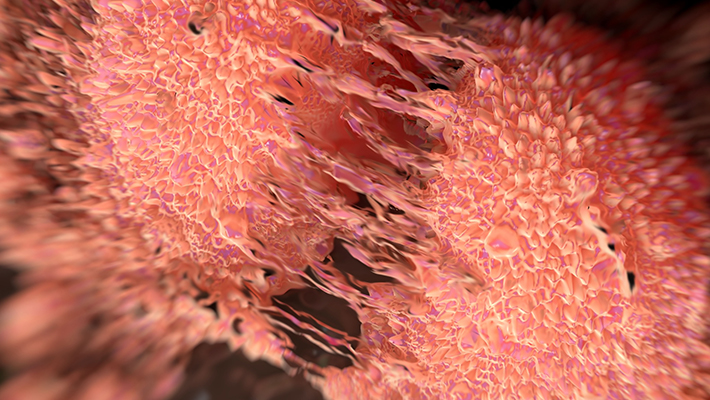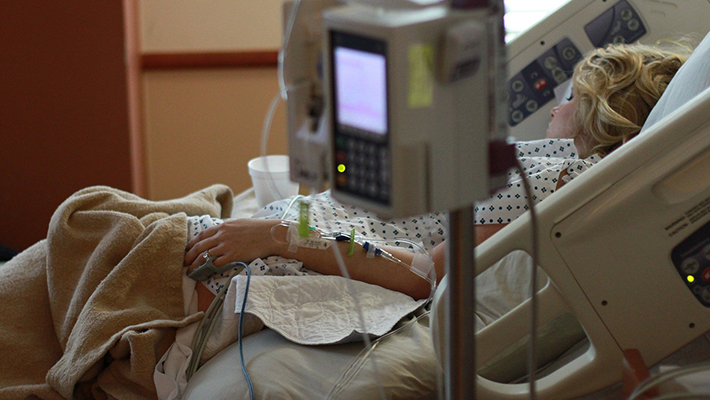Keep obesity from robbing you of your health, happiness and wellness. Understanding what obesity is and how to prevent it can help you live a longer and healthier life.
wiredhealthconference.com gathered essential information about the definition of obesity, how to determine if you are obese, its causes, and what you can do to prevent it.
What is Obesity?
Obesity can be defined as a disorder involving excessive body fat that significantly increases health problem risks. According to the Centers for Disease Control (CDC), there are three states that your body mass index (BMI) can indicate. These measurements include:
- Your BMI is 18.5 to <25, which falls within the healthy weight range.
- Your BMI is 25.0 to <30, which falls within the overweight range.
- Your BMI is 30.0 or higher, which falls within the obesity range.
Tip: The formula used to measure your BMI is weight in kilograms divided by height in meters squared.
If height has been measured in centimeters, divide by 100 to convert this to meters. When using English measurements, divide pounds by inches squared, then multiply by 703 to convert from lbs/inches2 to kg/m2.
What Causes Obesity?
Generally, obesity is caused by overeating and moving too little. If you consume fats and sugars in excess but don’t burn off that energy through exercise and physical activity, much of that surplus energy will be stored by your body as fat. Consider the following potential contributors to obesity:
Stress, Emotional Problems, and Poor Sleep
- People may eat more than usual when bored, angry, upset, or stressed.
Genetics
- Research shows that genetics can play a significant role in obesity.
Environment/Community Development
- Not having access to parks, sidewalks, and affordable gyms makes it challenging to exercise regularly and remain physically active.
- Oversized or supersized meal portions increase one’s calorie intake, making even more physical activity necessary to achieve or maintain a healthy BMI.
- Some areas lack access to supermarkets (that sell affordable healthy food, like fresh fruits and vegetables).
- Aggressive food advertising encourages people to purchase unhealthy food, like fast-food, high-fat snacks, and sugary beverages.
Health Conditions and Medications
- Some medical problems (like hormone imbalances) may cause obesity.
- Certain medications can also cause rapid weight gain (corticosteroids, antidepressants, and seizure medicines).
Tip: Regardless of the cause, rapid weight gain should be reported to your primary care physician. Simple tests can rule out causes like heart failure, kidney failure, underactive thyroid, and ovarian disorders.
How to Prevent Obesity

Obesity is a severe chronic disease affecting an ever-increasing number of children, teens, and adults. Early onset of type 2 diabetes, heart and blood vessel disease, and other obesity-related depression and social isolation in children and teens are being seen more frequently by healthcare professionals. The longer one is obese, the more significant and challenging obesity-related risk factors become. Consider the following strategies to prevent obesity:
Avoid Overeating
- Eat a balanced breakfast – While you may believe skipping a meal is a way to cut calorie intake, skipping breakfast typically works against you as excessive hunger comes back later in the day, potentially leading to overeating.
- Choose smaller portions and eat slowly – Slowing your pace at meals and choosing reduced portions can help avoid overeating.
- Focus on your food – Limiting distractions like the television, computer, or phone can help us focus on our food.
- Eat home-cooked meals – Fast food, restaurant meals, and other foods prepared away from home typically have larger portions and are less nutritious than the food you cook for yourself.
- Eat mindfully – Stop eating “just to eat,” and think about why you’re actually eating. When you are hungry, make the healthiest food and drink selections possible.
Increase Physical Activity

Reducing or eliminating activities that encourage a sedentary (immobile) state can increase your ability to manage or prevent obesity. The following will help you get moving:
- Reduce Screen Time – Keep television and device screen time to two hours or less daily. The less, the better.
- For Adults – A minimum of 2.5 to 3 hours of moderate exercise or 1.5 to 2 hours of vigorous exercise weekly is recommended for good health.
- For Children – A minimum of 1 hour of moderate to vigorous physical activity daily.
Watching television is a sedentary activity that commonly promotes unhealthy eating through ads, product placements, and other promotions that pitch high-calorie, low-nutrient food and drinks.
Tip: Keep bedrooms TV- and Internet-free
Get Sufficient Sleep
There is evidence that a good night’s sleep is crucial to good health and may help keep weight in check. The National Sleep Foundation recommends that:
Children get
- 1-3 years old: 12 to 14 hours nightly
- 3-5 years old: 11 to 13 hours nightly
- 5-12 years old: 10 to 11 hours nightly
Adolescents get
- 8.5 to 9.25 hours nightly
Adults get
- 7 to 8 hours nightly
Note: Combating obesity requires you to remain vigilant of sedentary habits, food consumption, health conditions, stress, and other controllable factors to maintain a healthy weight/BMI. Consult your primary care physician for additional helpful advice, tips, referrals, and exams.
How to Prevent Obesity
In this article, you discovered information on obesity, how to determine whether you are obese or not, and methods to help you prevent it.
Recognizing and consciously altering your habits and lifestyle can significantly contribute to a less sedentary and healthier body, less susceptible to becoming obese.
Ignoring the need to manage your weight and prevent obesity can lead to poor health, while increasing your risks for life-threatening medical conditions.
Sources:
nichd.nih.gov/health/topics/obesity/conditioninfo/cause
hopkinsmedicine.org/health/conditions-and-diseases/obesity/preventing-obesity
cdc.gov/obesity/strategies/index.html
hsph.harvard.edu/obesity-prevention-source/obesity-prevention/
clevelandclinic.org/health/diseases/11209-weight-control-and-obesity

